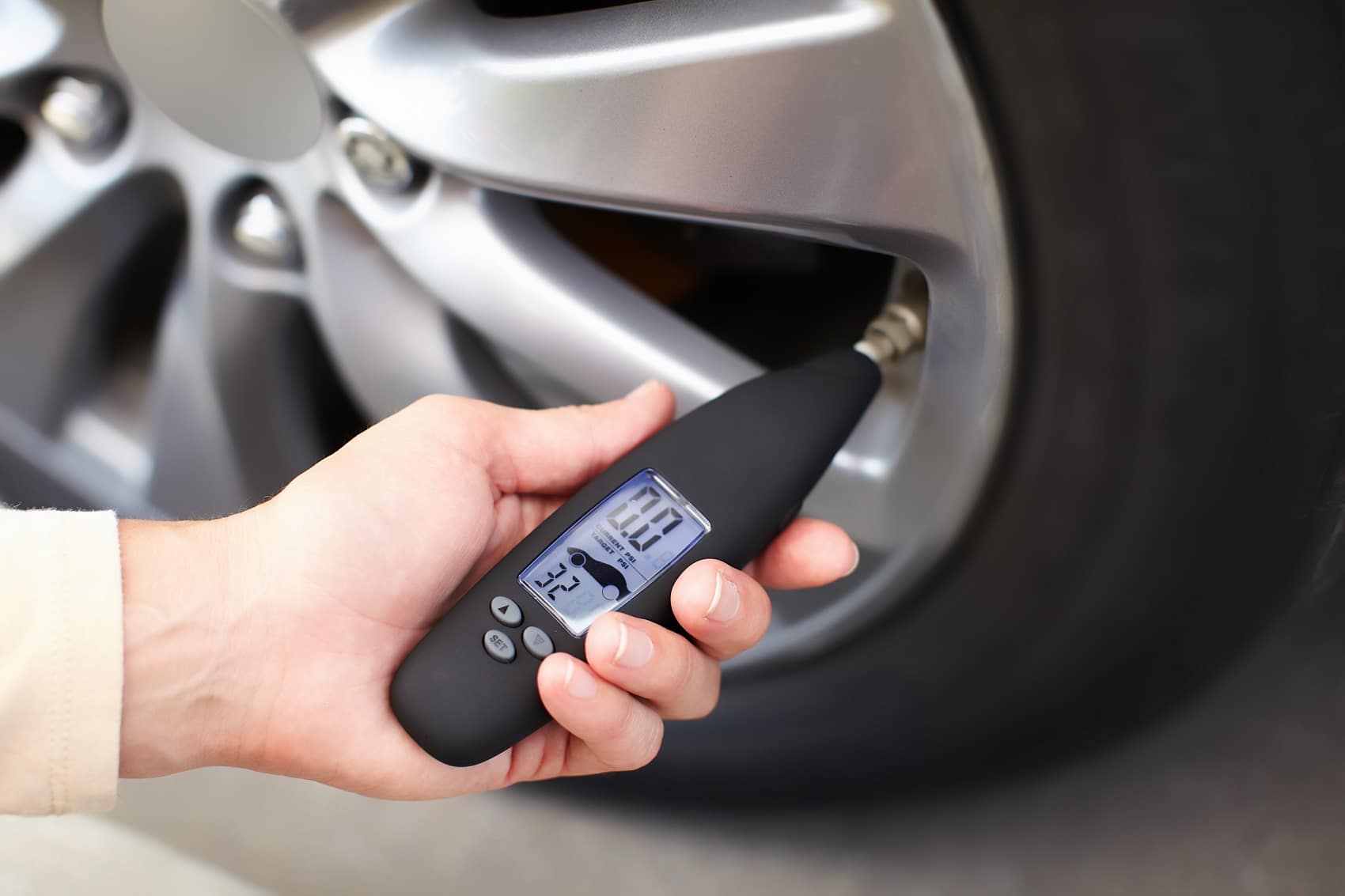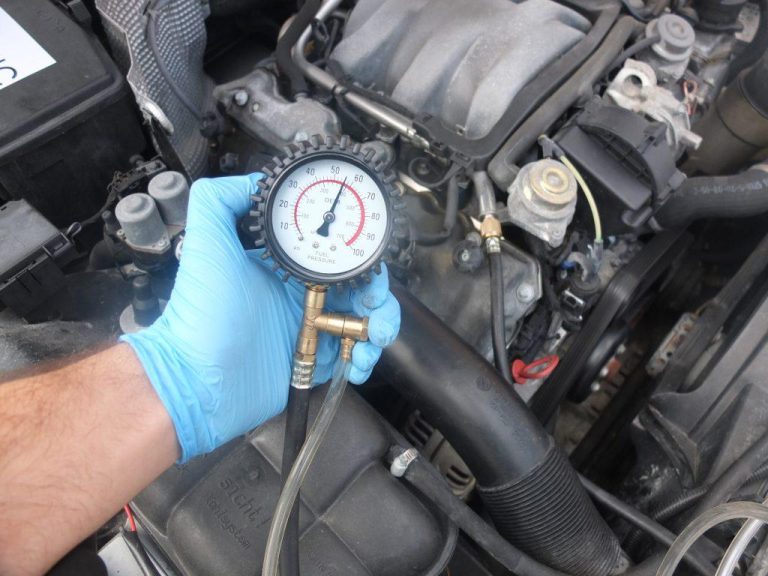How to Quickly Identify a Bad Tire Sensor
If you have ever experienced a false warning light on your dashboard or received a message about checking your tires when you know they are all okay, chances are there may be a problem with one of your tire sensors. The tire sensor, also referred to as a TPMS (Tire Pressure Monitoring System), is responsible for monitoring the tire pressure and sending an alert to the driver when there is a significant change in pressure.
In this article, we will discuss the common signs of a bad tire sensor and how to quickly identify which one is the culprit.
Why Identifying a Bad Tire Sensor Is Important
First, it is essential to understand the significance of tire sensors in your vehicle. When you have low tire pressure, your car has to work harder, and this can cause a strain on your engine, braking system, and tires, ultimately leading to unsafe driving conditions. The first sign of a problematic sensor is when a warning light on your dashboard appears. This warning light can look like a flat tire, an exclamation mark, or even the letters TPMS. If you see this alert, do not ignore it and check your tires immediately. If they are all properly inflated, there may be a problem with one of your sensors.
Use a TPMS Tool to Detect a Bad Tire Sensor
One effective way to determine which sensor is not functioning correctly is to use a TPMS tool. These tools are relatively inexpensive and can help you diagnose the problem quickly and accurately. Simply place each sensor near the tool, and the device will show which sensor is not sending the correct signal. This process will save you time and money by allowing you to fix the problem yourself or bring your vehicle directly to a mechanic with the knowledge of the problem.
Relearn Process to Reset a Bad Tire Sensor
A second method to determine which tire sensor is malfunctioning is by trying a process called the “relearn process.” This process starts by deflating all of the tires to approximately 20 PSI, then reinflating them to the correct pressure, and finally, pressing the “relearn button.” This process will reset all sensors and signal them to send a new signal, allowing the dashboard to tell which one isn’t functioning. This process can be a bit time-consuming and not always effective, but it is worth a try.
How to Swap Sensors to Find a Bad Tire Sensor
If you suspect multiple sensors are potentially malfunctioning, try swapping each sensor to different tires. For example, if you believe the front left and rear right sensors are not working, swap them and see if the dashboard light changes. If it does, then you have located the problematic sensors. If it does not, the issue could be with the sensors or the vehicle itself, and it is best to bring it to a mechanic.
When to Replace the Sensor
Another warning sign of a bad sensor is if it continually broadcasts the same PSI level. If you notice this, the sensor is most likely broken, and it is time to replace it. Faulty sensors can even lead to other issues, like draining your battery faster than usual. Therefore, it is crucial to address the issue promptly to avoid any further damage.
Conclusion
Having faulty tire sensors is relatively common, and it can lead to unsafe driving, underperformance, and even additional expenses if not handled appropriately. Understanding the different signs and methods to locate a bad sensor can save you money and prevent any accidents. Always remember that preventive maintenance is cheaper and safer in the long run. Don’t wait for the issue to escalate; instead, take action and address it quickly.
If you still have trouble identifying which sensor is bad, consider visiting a mechanic or TPMS specialist to diagnose and solve the issue once and for all.







